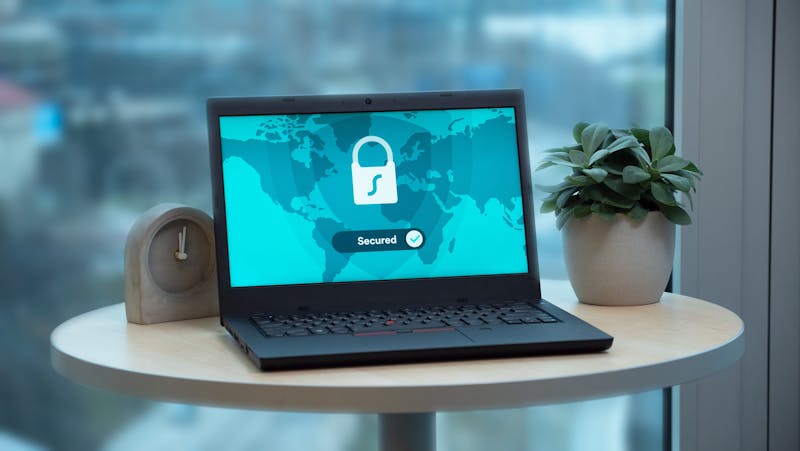When Should you use Remote Hosted Desktops?
Clamour for home working arrangements have been as loud as ever the years pre-Covid, but actual adoption has been slow. According to the Office of National Statistics, only 30 percent of employees have actually worked remotely in 2019.
But that was before Coronavirus. Seemingly overnight, the office as we know it has disappeared. Current global circumstances have rapidly transformed remote working from tentative trend, into the lifeline that keeps economies alive.
However, efficient remote working strategies are assembled after careful thought and planning. Businesses today don’t have the advantage of time and all the pressure of unpredictable lockdowns and shop closures. Many settle for a technological kluge of software to get operations in some semblance of order.
This makes for poor visibility into how your employees are working, and may even create long-term problems such as data breaches and loss of critical information. Using a remote hosted desktop is a way to securely recreate your office, complete with mission critical apps and unfettered access to your network. Companies in many sectors – from creative to industrial – will find multiple ways to use cloud-hosted desktops to maintain business as usual.
Creatives: Fast and Affordable Media Production
Working from home as a designer is difficult. Many use apps like AutoCAD or the Adobe suite of editing software, all of which require a substantial amount of computing power. Licenses for these apps are also expensive and beyond the budgets of many lone creatives.
Remote desktops allow for affordable and scalable graphic-intensive work by hosting the process onto the cloud. Since all of the computing is handled by a virtualised GPU, businesses can trim costs based on their consumption. Hosting subscriptions typically cost less than several high-powered workstations, and are more economical than buying powerful hardware that may not be fully utilised outside of media production.
Retail: Mobile Supply Chain and Asset Management
Data management in retail has traditionally been a fragmented landscape. Employees in retail usually have to move between online and mobile environments to manage their inventory and assets and their supply chain.
A remote hosted desktop enables these apps to converge into one smooth experience, allowing employees to manage assets and supply chain processes from anywhere and on any device. This is especially helpful for checking inventory in warehouses in different locations, or managing software updates across multiple stores.
Contact Centres: Support from Anywhere in the World
For the majority of Britain’s call centre sector, remote working will be an untested experience. Only 20 to 30 percent of the UK’s agents have ever tried working from home. Yet contact centres can’t afford to wait for the pandemic to end. The need for fast and scalable support is more pressing today. From bookings that evaporated overnight to broadband services pushed to the limit by subscribers staying at home – there are millions of customers who need help out there.
Fortunately, the shift shouldn’t be a large leap. Employees using the same pool of apps and high turnover make call centres a clear fit for remote desktops. A cloud-based workspace also enables companies to hire talent from anywhere in the world. You can maintain a similar level of security as that of a physical office, thanks to measures built into many remote hosted desktops like multifactor authentication and data encryption.
Freelance: Scalable, On-Demand Workforce
The UK is home to a thriving freelance industry. The country’s self-employed workers contribute £275 billion to the economy, and the talent is as diverse as it is large. You can find freelance workers and contractuals in nearly every field, from creatives and marketing to offshore wind.
Remote desktops enable better accessibility for freelancers and tighter security for employers. Using cloud-hosted desktops, you can control what your workers can do while giving them the files and tools they need to work. Businesses can also onboard employees without requiring them to download a laundry list of software–all you need is a username and password.
Healthcare: Better Compliance and Accessibility
Healthcare has always been conservative when it comes to cloud adoption and for good reason. Health data is highly sensitive information and is heavily protected by numerous regulations, including GDPR and the Data Protection Act in the UK. A single breach can put patients at risk and cost businesses hundreds of thousands of pounds.
A virtualised desktop ensures healthcare providers always have access to data they need to provide critical care, while ensuring all endpoint devices stay compliant with regulations. Many remote desktop providers also allow for granular controls, such as disabling copy paste or file downloading.
Industry / Manufacturing: Centralising for Efficiency
Manufacturing and industrial sites store and process massive volumes of data using specialised legacy systems. There is also a wide array of different machines and endpoint devices per site, making regular maintenance and updating difficult.
The centralisation of applications and storage through a remote hosted desktop ensures a consistent, uniform experience across locations. It also makes for more efficient rollouts of patches and updates, minimising chances of failure from outdated software. This is essential for large scale systems that can’t afford downtime, such as those handling entire fleets or production lines.
Remote work is not merely a stopgap to keep businesses alive as we wait for the world to restart itself again. Over 90 percent of employees want to continue working remotely, even after the pandemic. Businesses who can provide the support they need through long-term solutions like virtualised desktops will be the ones to maximise employee productivity and efficiency, even long after offices reopen.






